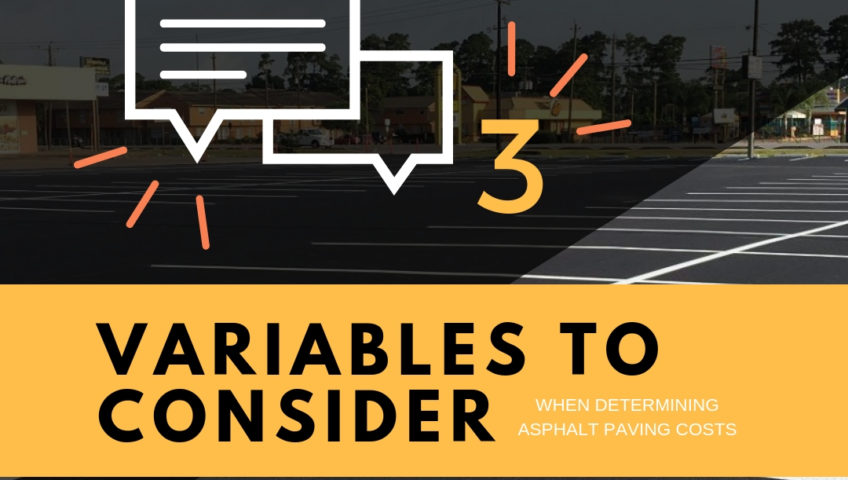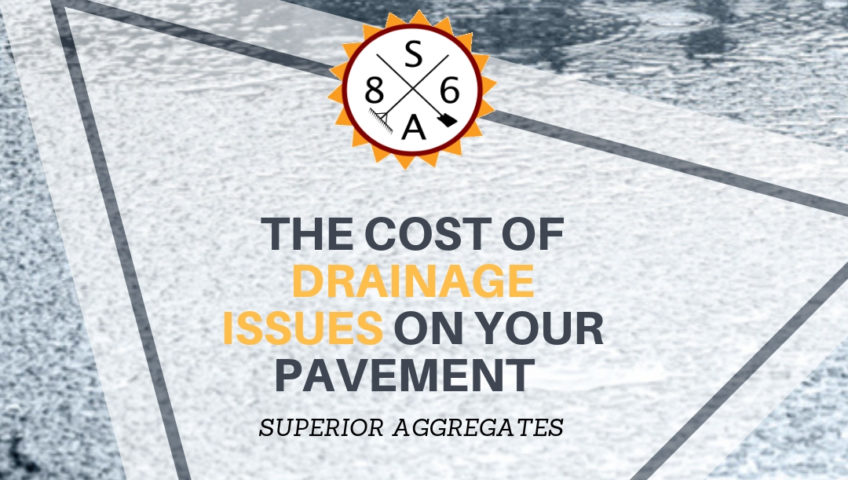
8 Easy Ways To Improve Business Curb Appeal
The outward appearance of your business plays a vital role in making a first impression—whether good or bad. Before deciding to walk inside, potential customers will form a subconscious opinion based on how it looks on the outside. By making a few simple adjustments, your storefront can become considerably more welcoming. Here are eight ways to enhance your curb appeal, simply and affordably:
1. Effective Signage
Make sure you invest in a sign that has your business name, logo, and website and/or phone number. This should be large enough so it’s easy to read from the street, and minimal without being too wordy. Stick to no more than three colors.
2. Spruce It Up
Trim hedges, sweep the sidewalk and porch, and wash your windows so they sparkle and shine. Go around and do any paint touch-ups where needed. Placing a couple of large potted plants on either side of the entrance adds a splash of life and beauty.
3. Embellish the Front
Think about adding a pretty new awning over your entrance to provide shade and shelter, or maybe installing a brand new front door. If that’s not in the budget, painting your existing door a vibrant color adds a fun touch and offers a warm, inviting welcome.
4. Parking Lot
If your establishment has a parking lot that accommodates several cars, consider having parking lines painted on or existing ones touched up. Follow up with seal coating to protect it from cracking and potholes. In addition, having a well-lit parking lot is much appreciated and helps customers feel safe.
5. New Concrete
How does your sidewalk look? If it’s chipped or cracked, you might consider hiring someone to repair or replace the damaged areas. Not only does a smooth, clean walkway make a great impression, it’s a good idea that can prevent any potential accidents from happening—something you definitely don’t want on your business property. Another way to boost your business kudos is to provide accessibility for disabled visitors, such as a installing a wheelchair ramp.
6. Help Out Neighbors
If your business is among other shops in in a strip mall, offer to tidy up for those around you who might need it. Being a good Samaritan for your work neighbors is a nice gesture as well as a way to improve upon the looks of your storefront area.
7. Offer a Sale
If you run a retail business, consider placing a few clearance items outside or some interesting items displayed in the window that will attract customers. According to a recent survey, 20% of the purchases made by American adults are done on impulse. Here’s your chance to lure them in with some offers they cannot resist!
8. Percent Off or Limited Time Offers
Everyone loves a bargain, and what better way to get potential customers through the door than with a large, “50% Off Today Only” sign? A sale—especially one with a limited time offer—brings a sense of urgency and gets people to buy.
These are just a few easy ways to improve the visual appeal of your business that will make a considerable impact on the perceived value, without spending a lot of time or money.
The outward appearance of your business plays a vital role in making a first impression—whether good or bad. Before deciding to walk inside, potential customers will form a subconscious opinion based on how it looks on the outside. By making a few simple adjustments, your storefront can become considerably more welcoming. Here are eight ways to enhance your curb appeal, simply and affordably:
1. Effective Signage
Make sure you invest in a sign that has your business name, logo, and website and/or phone number. This should be large enough so it’s easy to read from the street, and minimal without being too wordy. Stick to no more than three colors.
2. Spruce It Up
Trim hedges, sweep the sidewalk and porch, and wash your windows so they sparkle and shine. Go around and do any paint touch-ups where needed. Placing a couple of large potted plants on either side of the entrance adds a splash of life and beauty.
3. Embellish the Front
Think about adding a pretty new awning over your entrance to provide shade and shelter, or maybe installing a brand new front door. If that’s not in the budget, painting your existing door a vibrant color adds a fun touch and offers a warm, inviting welcome.
4. Parking Lot
If your establishment has a parking lot that accommodates several cars, consider having parking lines painted on or existing ones touched up. Follow up with seal coating to protect it from cracking and potholes. In addition, having a well-lit parking lot is much appreciated and helps customers feel safe.
5. New Concrete
How does your sidewalk look? If it’s chipped or cracked, you might consider hiring someone to repair or replace the damaged areas. Not only does a smooth, clean walkway make a great impression, it’s a good idea that can prevent any potential accidents from happening—something you definitely don’t want on your business property. Another way to boost your business kudos is to provide accessibility for disabled visitors, such as a installing a wheelchair ramp.
6. Help Out Neighbors
If your business is among other shops in in a strip mall, offer to tidy up for those around you who might need it. Being a good Samaritan for your work neighbors is a nice gesture as well as a way to improve upon the looks of your storefront area.
7. Offer a Sale
If you run a retail business, consider placing a few clearance items outside or some interesting items displayed in the window that will attract customers. According to a recent survey, 20% of the purchases made by American adults are done on impulse. Here’s your chance to lure them in with some offers they cannot resist!
8. Percent Off or Limited Time Offers
Everyone loves a bargain, and what better way to get potential customers through the door than with a large, “50% Off Today Only” sign? A sale—especially one with a limited time offer—brings a sense of urgency and gets people to buy.
These are just a few easy ways to improve the visual appeal of your business that will make a considerable impact on the perceived value, without spending a lot of time or money.




